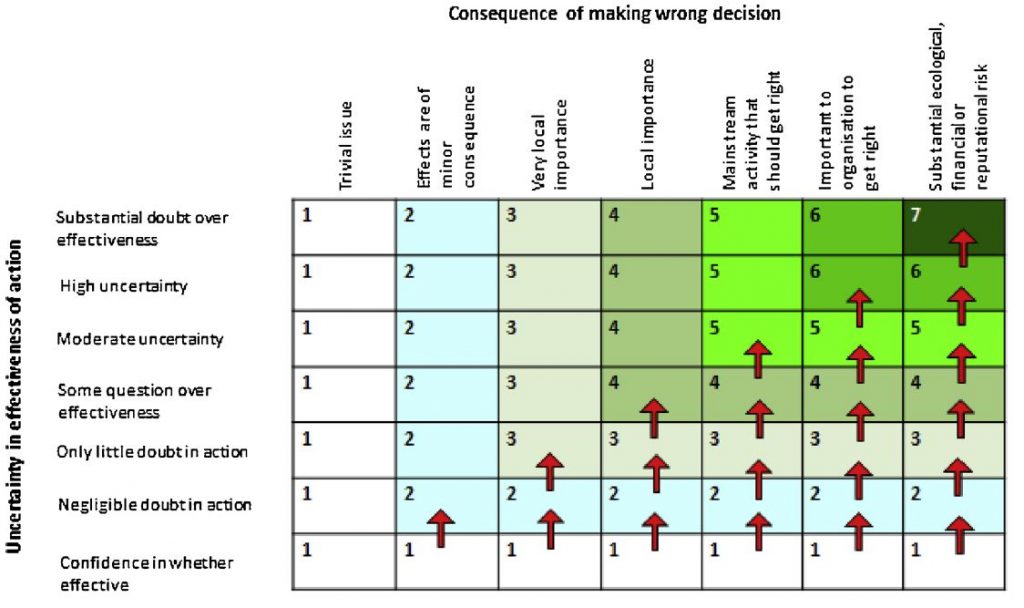The first question I must ask is whether you the reader have ever heard of Karl Popper. If the answer is no, then you could profit from reading Popper (1963) before you read this. An abbreviated version of the Popperian approach to science is presented in a short paper by Platt (1963) The simplest version of Popper and Platt is that we should have a hypothesis with specific predictions and one or more alternative hypotheses with other predictions, and science advances by finding out which hypotheses could be rejected with empirical evidence. The focus of this blog is on a recent paper by Raerinne (2024) claiming that Popperian ecology is a delusion. This is a claim well worth discussing particularly since most of the sciences progress using a Popperian approach to testing hypotheses.
To begin perhaps we should recognize two kinds of papers that appear in ecological journals. A very large set of ecological papers appear to be largely or entirely descriptive natural history typically of past or present events with no hypotheses in mind. Many of these papers end with a conclusion that could be designated as a hypothesis but with little discussion of alternatives. These papers can be very valuable in giving us the state of populations, communities, or ecosystems with recommendations for changes that should be made to alleviate developing problems. A good example are papers describing forest and grassland fires of recent years which can end with some management recommendations, and perhaps with alternative recommendations. These recommendations usually arise from experience and judgements, and they may or not be valid. The Popperian approach would be to set up hypotheses and test them empirically, but if we are people of action, we press onward with a preferred management action. The non-Popperian approach would be very efficient if we were correct in our diagnosis, and in many cases this approach works well. The basis of the issue here is what is evidence in ecology and how should it be sharpened into recommendations for conservation and management.
The Popperian approach to ecological science is to recognize problems that require a solution to increase our knowledge base, and to suggest a series of alternative set of mechanisms that could solve or alleviate the problem. Ecological papers supporting this approach can often be recognized by searching for the word “hypothesis” in the text. A simple example of this Popperian approach could be finding the causes of the continuing decline of a commercial fishery. The decline might be due to predation on the target fish or invertebrate, a disease, added pollution to the water body, climate change increasing the water temperature and thus metabolic functions, introduced species of competitors for food or space. One or more of these causal factors could be involved and the job of the ecologist is to find out which one or several are diagnostic. Given the complexity of ecological problems, it is typically not possible to test these alternative hypotheses in one grand experiment, and the typical approach will involve adaptive management or evidence-based conservation (Gillson et al. 2019, Serrouya et al., Westgate et al. 2013). Complexity however should not be used as an excuse to do poor science.
What is the alternative if we abandon Popper? We could adopt the inductive approach and gather data that we put together with our judgement to declare that we have a correct answer to our questions, “seat of the pants” ecology. But this approach is heavily dependent on the idea that “the future will be like the past”. This approach to ecological problems will be most useful for the very short term. The simplest example comes from weather forecasting in which the prognosis for today’s weather is what it was like yesterday with minor adjustments. We could observe trends with this approach but then we must have a statistical model that predicts, for example, that the trend is linear or exponential. But the history of science is that we can do much better by understanding the mechanisms underlying the changes we see. A good overview of the dilemmas of this inductive approach for conservation biology is provided by Caughley (1994). The operative question here is whether the inductive approach achieves problem resolutions more efficiently than the Popperian approach through conjecture and refutation.
Raerinne (2023, 2024) does biology in general and ecology in particular a disservice in criticizing Popper’s approach to ecology by arguing that ecology should not be criticized nor evaluated from the Popperian perspective. I think this judgement is wrong, and Raerinne’s conclusion arises from a philosophical viewpoint which could well have little applicability to how ecologists solve empirical problems in the real world. But you can judge.
Carducci, A., Federigi, I. & Verani, M. (2020) Airborne transmission and its prevention: Waiting for evidence or applying the Precautionary Principle? Atmosphere, 11 (7), 710.doi: 10.3390/atmos11070710.
Caughley, G. (1994) Directions in conservation biology. Journal of Animal Ecology, 63, 215-244. doi: 10.2307/5542.
Gillson, L., Biggs, H. & Rogers, K. (2019) Finding common ground between adaptive management and evidence-based approaches to biodiversity conservation. Trends in Ecology & Evolution, 34, 31-44.doi: 10.1016/j.tree.2018.10.003.
Platt, J.R. (1964) Strong inference. Science, 146, 347-353.doi: 10.1126/science.146.3642.347.
Popper, K.R. (1963) Conjectures and Refutations: The Growth of Scientific Knowledge. Routledge and Kegan Paul, London.
Raerinne, J. (2023) Myths of past biases and progress in biology. Theory in Biosciences, 142, 383-399.doi: 10.1007/s12064-023-00403-2.
Raerinne, J. (2024) Popperian ecology is a delusion. Ecology and Evolution, 14, e11106.doi: 10.1002/ece3.11106.
Serrouya, R., Seip, D.R., Hervieux, D., McLellan, B.N., McNay, R.S., Steenweg, R., Heard, D.C., Hebblewhite, M., Gillingham, M. & Boutin, S. (2019) Saving endangered species using adaptive management. Proceedings of the National Academy of Sciences, 116, 6181-6186.doi: 10.1073/pnas.1816923116 .
Westgate, M.J., Likens, G.E. & Lindenmayer, D.B. (2013) Adaptive management of biological systems: A review. Biological Conservation, 158, 128-139.doi: 10.1016/j.biocon.2012.08.016 .
